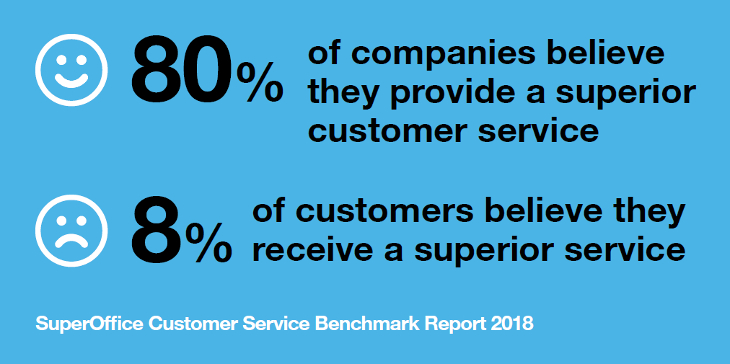Embedding communications capabilities into customer and business apps can improve conversion rates and reduce delays.
Poor customer service and communication can be disastrous for companies’ chances of success. Last year, a report by CRM vendor NewVoiceMedia estimated that in the U.S., $62 billion of business was lost due to poor customer service, an increase of nearly 50 percent from two years before. Similarly, the Customer Service Benchmark Report from CRM vendor SuperOffice reported that 80 percent of companies believe they provide excellent customer service, but only eight percent of customers agree. Can new approaches, like communications platform as a service (CPaaS), help deliver the customer experience that people demand?

What is CPaaS?
CPaaS is a cloud-based platform that lets developers add real-time communications (RTC) and unified communications and collaboration (UC&C) features such as voice, video, messaging, SMS and chat to applications without the need to build back-end infrastructure and interfaces. This presents an opportunity for communicating person-to-person and device-to-device in the Internet of Things (IoT) and the chance to engage with customers in new, increasingly interactive ways.
Traditionally, RTC has taken place in applications designed and developed specifically for these functions. For example, a user might make a phone call to his bank using his smartphone. CPaaS, however, can enable a user to commence a direct video chat with a bank agent through his smartphone’s banking app simply by tapping a button.
Richard Heaps, Head of Product Management for UC&C, Orange Business, comments: “CPaaS offers a variety of advantages over and above existing UC&C tools. Firstly, it lets companies offer an enhanced customer experience. Historically, business applications have been a closed environment; there was no way that an external company could hope to integrate or interface a communication technology with a business application. That’s changing now, and thanks to some new and manageable programming techniques, coupled with more open environments, it's making integration of value-add communications tools on top of existing apps possible. Enhancing existing UC&C apps with new technologies like video, AI, bots and machine learning used to seem a far-off vision, now it's a reality.”
CPaaS blooming in the real world
Examples of CPaaS in daily life continue to increase. Ride share companies like Uber and Lyft have embedded CPaaS functions into their apps, including SMS arrival alerts and account alerts that are designed to keep customers up to date with real-time ETAs and allow calls direct to the driver.
Airbnb is another progressive company that uses CPaaS to improve customer experience and communications: within the Airbnb app, guests and hosts can enjoy lead alerts, order notifications and SMS sales and support for queries and confirmations that help automate the booking process.
Similarly, help desk provider Zendesk has included WebRTC, click-to-call, call tracking and SMS, all designed to help customers escalate inquiries from the web to live interactions with agents at the click of a button within the app.
Working with the right partner is vital
CPaaS providers utilize cloud technology that lets companies of any size easily develop and embed UC&C functionality on top of existing apps. As such, CPaaS development teams can save on human resources, infrastructure and time to market. CPaaS can also offer more affordable pricing models, where developers pay only for the services they need and use, such as SMS, video or screen sharing. CPaaS also delivers the same customer benefits as other XaaS offerings, with technical support being provided in the shape of online tutorials, guides and forums, for example, or by 24/7 live agent support.
Orange has developed a proof-of-concept for hotels, which provides omnichannel customer service and real-time interaction via a context-aware bot. Guests would get a 30 percent improved chance of booking a room in a busy hotel, their room costs can be reduced by up to 15 percent, and the guest’s room is an interactive extension of their digital office, complete with videoconferencing facilities and IoT services throughout the hotel.
Enhancing the customer experience on the customer’s terms
According to Gartner, the CPaaS market is growing fast with some vendors expanding revenue by 35 percent to as much as 75 percent. Gartner also anticipates that the global CPaaS market will grow at around 50 percent to 2021, to reach annual revenues of around $4.6 billion.
Richard Heaps concludes, “CPaaS has gone past being used by native technology businesses built on innovation. It is now a mainstream tool that established multinationals should implement to improve customer communications and customer service. CPaaS offers a flexible solution that gives greater scalability while reducing time to implementation, meaning a faster route to enhanced customer experience. Today, technology platforms are an essential factor in providing great customer service and experience and being a successful company. CPaaS is a prime example of that.”
Discover the business benefits resulting from CX transformation initiatives in this exclusive IDC report.